Dance Interview with a Professional Classical Dance Coach
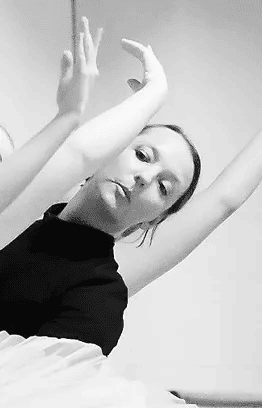
INTERVIEW WITH CLASSICAL DANCE COACH – CLAIRE CAMPBELL-MAHON
In this interview, classical dance coach Claire Campbell-Mahon will discuss succeeding in dance and her shift from performing to teaching.
TELL US ABOUT YOUR DANCE JOURNEY, AND WHAT INSPIRED YOU TO PURSUE A DANCE CAREER
This isn’t easy to answer as there was never a light bulb moment. It was just a series of events that made me work harder and keep pursuing.
STARTING EARLY
I started ballet classes when I was 3.5 years old, after a very unsuccessful stint at ice skating!
Ballet seemed relatively easier, at least I could stand up. My first ballet teacher was a former Ukrainian dancer who made sure I was flat in the splits, but I did not love ballet then.
I hated Wednesdays! Ballet followed by a meat pie for dinner (there was a bakery around the corner from the studio).
I moved on to another ballet school that nurtured my love for ballet through performance.
I was privileged to have Laurel Martyn OBE to encourage my musicality and artistry. This was further developed when I joined a youth ballet company.
I didn’t do any competitions and the only solos I did do was through performance opportunities.
WHY NOT AUDITION
When I was 14, my best friend wanted to audition for the Australian Ballet School.
I had no idea what that was, nor did my parents, but I tagged along.
Reflecting on the moment, I remember not being nervous at all. Actually, I was thinking about missing Neighbours (an Aussie TV show), but seeing all the talented students was very impressive.
Surprisingly, I was accepted.
I was the youngest student to be accepted into the Australian Ballet School at that time.
I made a list of pros and cons about whether to go, as I was good at and enjoyed school too.
Fear that I would not be accepted the following year, drove me to take the place. However, I had little idea how much catching up I had to do.
BALLET SCHOOL IS TOUGH
My first year was an incredible test.
I nearly gave up many times. I pushed through and ended up dancing the role of Clara in The Nutcracker (staged by Robert Ray).
The remaining three years were certainly not a breeze. It was a constant battle to become stronger and better and stay positive even when things didn’t seem fair.
However, we were so fortunate to have so many great performance opportunities, which kept us focused.

THE REALITY OF BALLET CONTRACTS
The day before being told who would receive contracts with the Australian Ballet Company, I nearly tore my hamstring off the bone performing Symphony in D in Morning Melodies.
I didn’t receive a contract. All five contracts were awarded to male students.
However, I didn’t have time to worry about it, I had been cast as Sugar Plum in a performance scheduled in 7 weeks, and I couldn’t walk.
I did manage to do the performances, adapted for the fact that I couldn’t do penches etc. I was grateful for the opportunity.
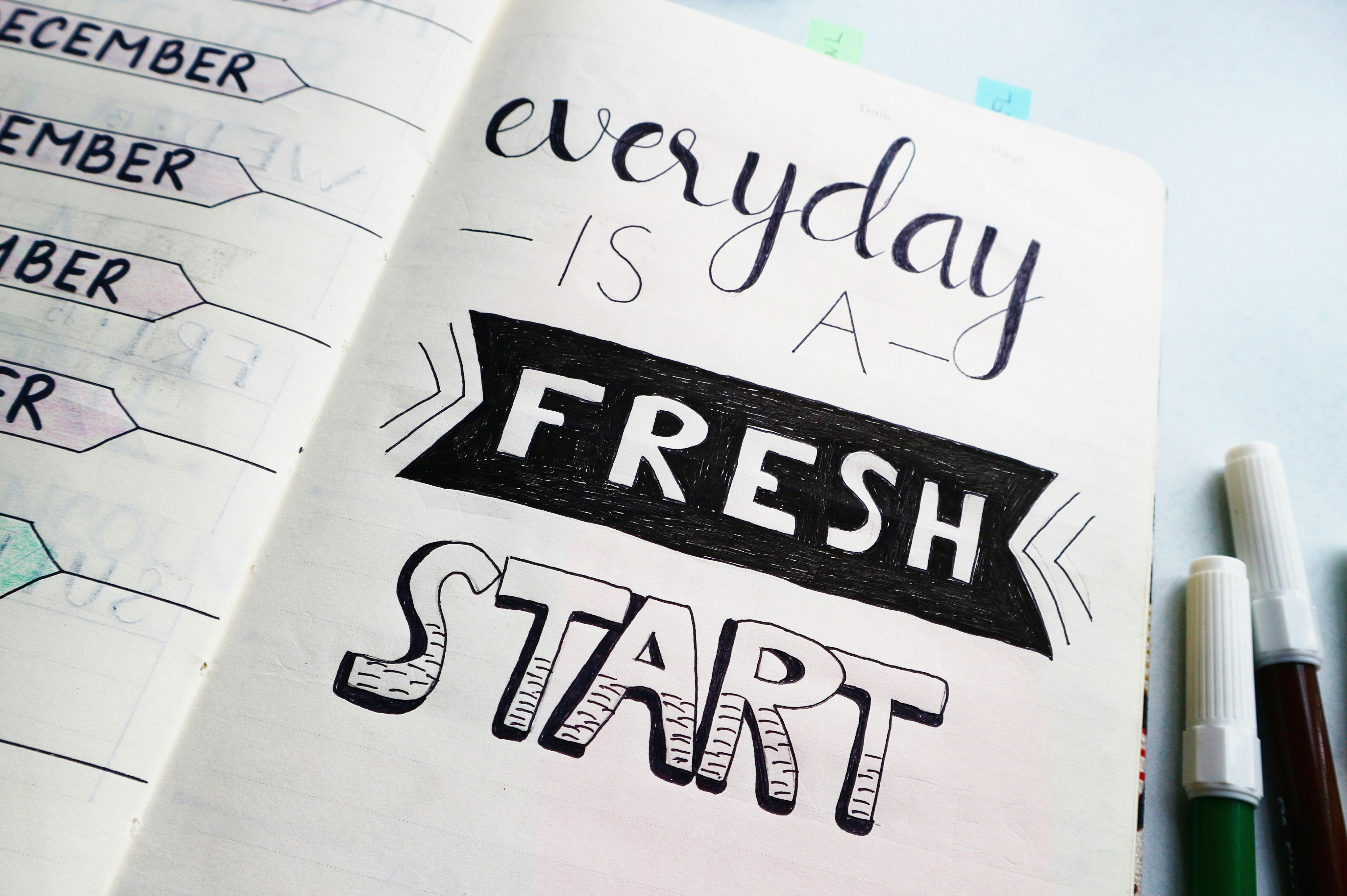
NOW WHAT?
After graduating, I got a job working in a hot chicken shop, cutting chicken up into 16 pieces and washing multitudes of trays covered in chicken fat to earn money to go overseas.
Dame Margaret Scott DBE, the Director of the Australian Ballet School had set up a private audition for me in March with Peter Schaufuss, Director of English National Ballet.
So, through the Summer, I worked and did my re-habilitation trying to break through all the scar tissue at the top of my hamstring.
I went into the studios and did my class when I could, trying to get ready for the audition.
Two days before my flight to London, I received a phone call from the English National Ballet telling me that Peter Schaufass was no longer the Director and the Company was not accepting auditions.
I boarded my flight with no idea of what to do. Once I landed, I started a month of auditions through the UK, before receiving a contract with Scottish Ballet, which I danced with for 10 years.
So, in a nutshell, there was never a moment which defined my want to become a ballet dancer, just the need to keep persevering to make all the hard work worthwhile.
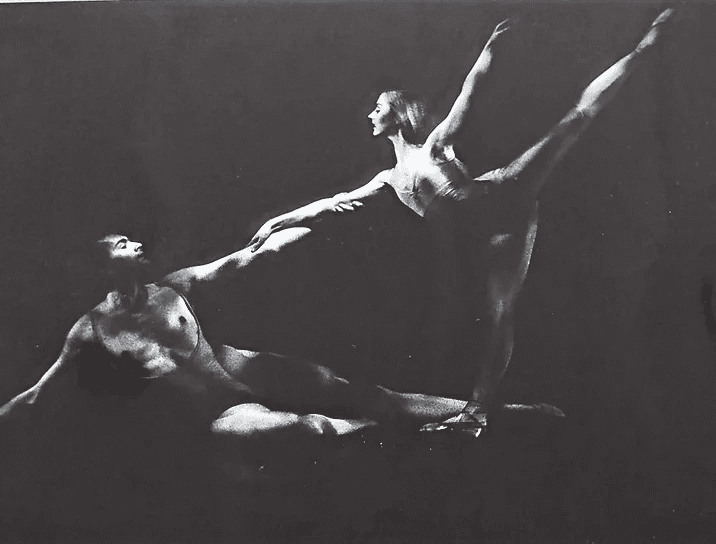
WHAT INSPIRED YOU TO TRANSITION FROM PERFORMING BALLET TO BECOMING A DANCE COACH?
I didn’t intend to coach ballet after retiring.
I went to university to complete a BA Degree in Economics and Human Resources. While studying, I was asked to teach Education and Adult classes for the Scottish Ballet.
I also started to run my own freelance adult classes which to my surprise were very popular.
After graduating with my degree, my husband, eldest daughter (born during my second year at university) and I moved back to Australia, and I became pregnant with our second child.
Whilst looking at dance schools for my eldest child, I was offered teaching work in local ballet schools. This was great because I could teach around my young children.
My inspiration grew with the progress and successes of the students I taught. In the end, I honestly fell into dance coaching!
WHAT QUALITIES ARE ESSENTIAL FOR YOUNG DANCERS TO BECOME PROFESSIONAL BALLERINAS?
Resilience, intelligence, and an eagerness to learn and change.
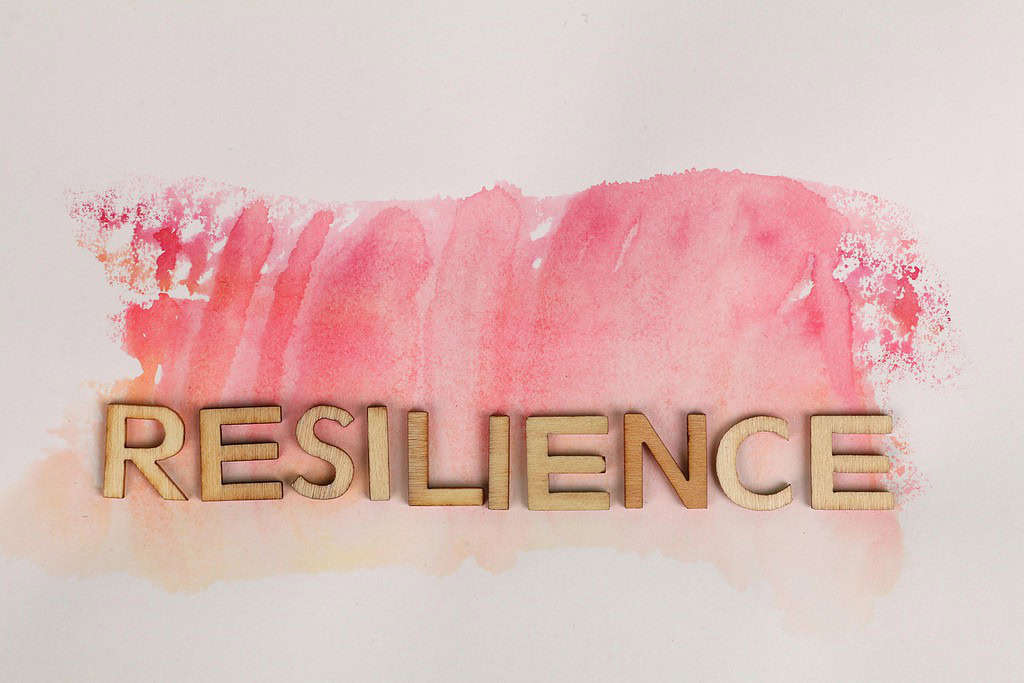
HOW DO YOU KEEP YOUR STUDENTS MOTIVATED?
I remind them that they can make a difference in every class, even if it’s just small.
Fortunately, my students are very self-driven, which makes my job easier as a dance coach.
HOW DO YOU PREPARE YOUR STUDENTS FOR AUDITIONS, COMPETITIONS AND PROFESSIONAL OPPORTUNITIES?
My students are lucky to have quite a lot of private coaching time, so that helps them prepare physically.
We discuss the psychological battle we have, performing in a competitive environment a lot, both in classes and coaching.
This is the hardest thing to teach and assist with, which is why I’m not averse to competitions, despite not doing them myself.
WHAT ARE SOME COMMON CHALLENGES YOUNG DANCERS FACE, AND HOW DO YOU HELP THEM OVERCOME THEM?
Ballet is super competitive these days.
It has changed so much since my time and there aren’t many more jobs available.
Hard work alone does not always make it; however, I try hard to allow for as many opportunities as I can for students.
I also try to help them understand how subjective and political ballet can be.
Sometimes things may be or seem unfair, however, hard work does pay off.
SHOULD YOUNG DANCERS INCORPORATE CONDITIONING PROGRAMS INTO THEIR DANCE ROUTINES?
Absolutely!! Conditioning is a big part of my dance coaching philosophy.
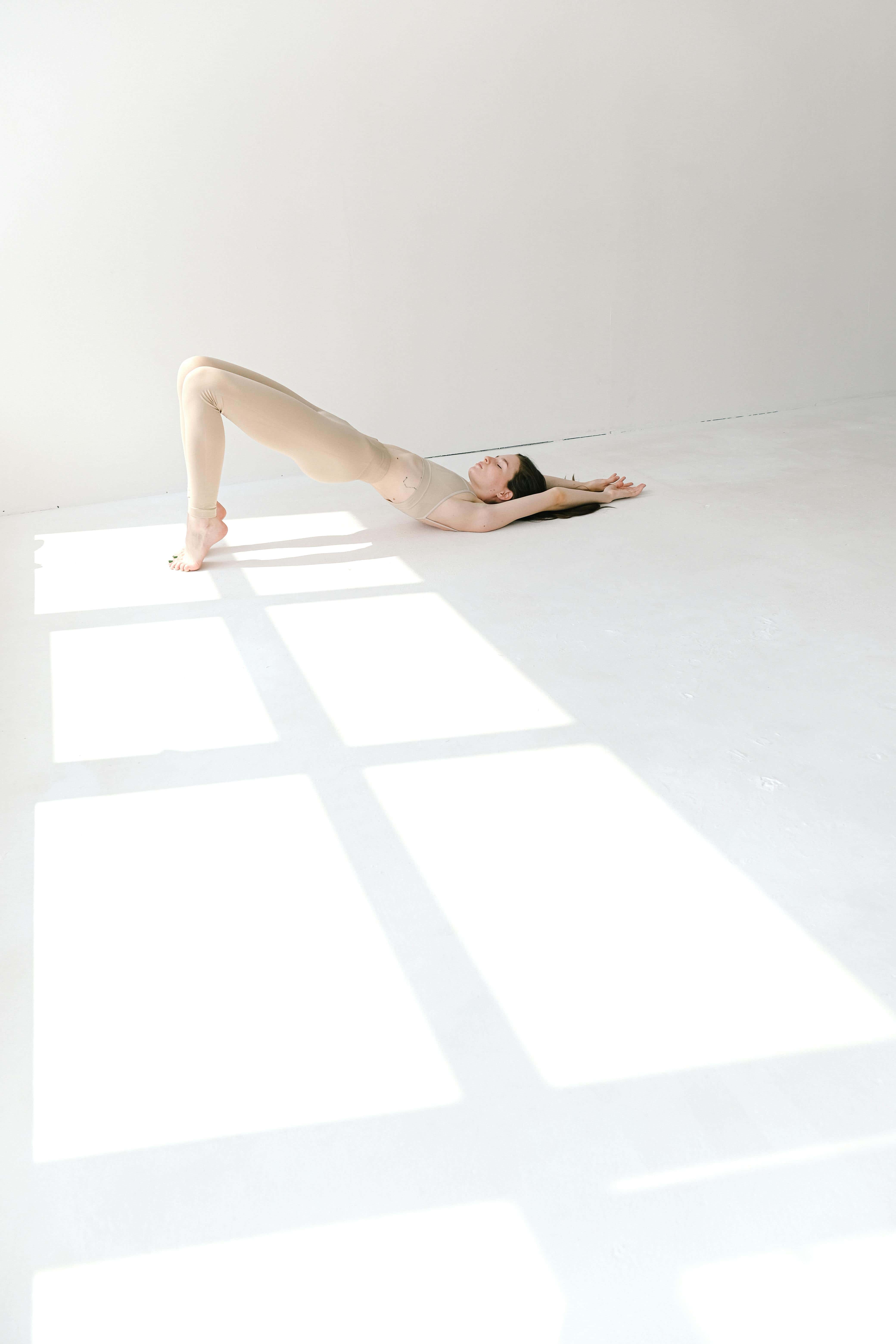
WHAT’S THE MOST CHALLENGING ASPECT OF TEACHING BALLET STUDENTS?
As a dance coach, the post COVID-19 lockdown was a great challenge.
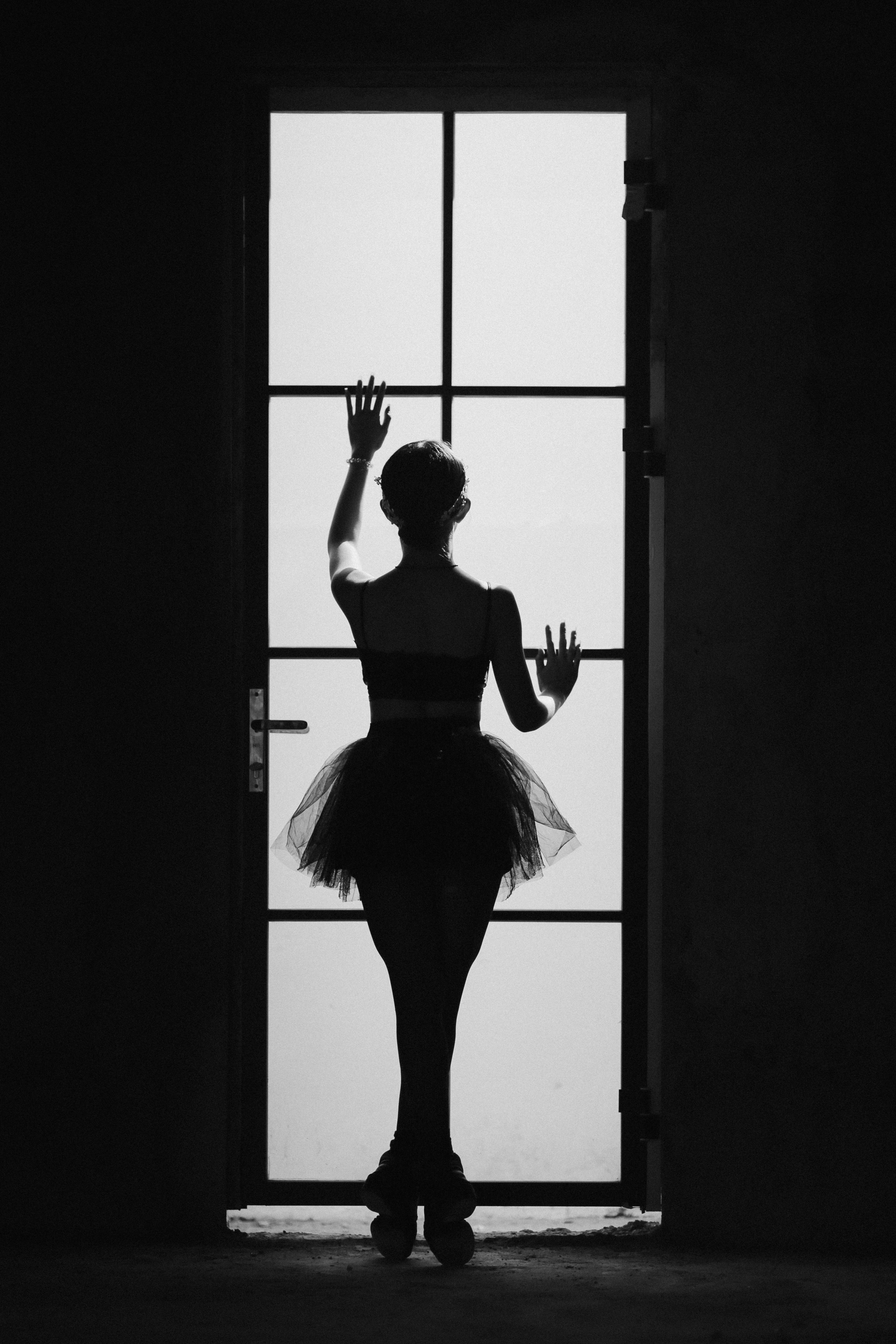
I found learning skills had deteriorated and bad habits had increased. Fortunately, I think that is resolving itself now.
I also find it very hard to see beautiful students not end up dancing professionally.
It’s a tough gig!
HOW DO YOU KEEP UP WITH CONSTANT CHANGES IN THE DANCE WORLD?
Social media like everyone else!

I also try to see as many live performances as possible, as well as dance seminars.
WHAT IS THE MOST REWARDING ASPECT OF BEING A BALLET COACH AND MENTOR?
Watching my students develop, blossom and grow into potential ballet dancers and beautiful humans.
RAPID FIRE
Classical or contemporary? Classical
Early-morning teaching or late-night teaching? Neither
A good book or movie night? Take either if I stay awake long enough!






